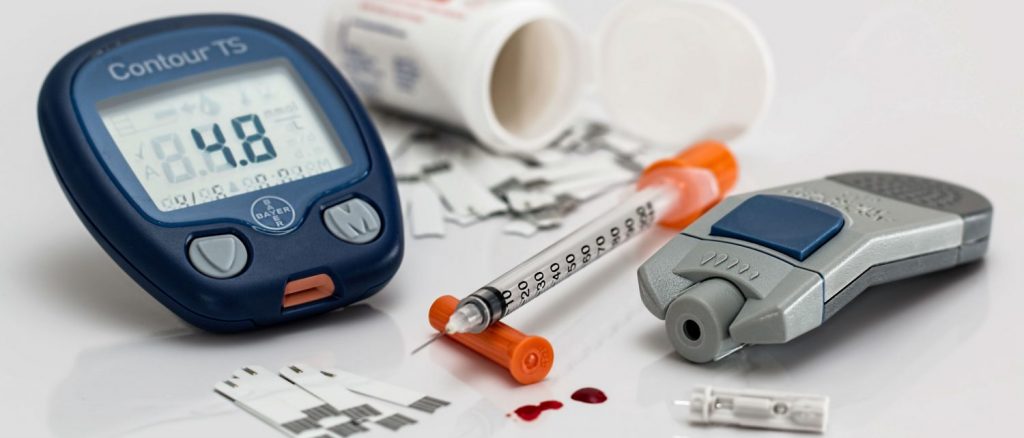Hi Susanne,
Thanks for your question.
I completely agree with you over your point about money. Getting the diagnosis of diabetes in your cat can be an expensive one. It’s clear that you’re doing all the right things but I can understand that there is a limit to what you can afford and think is appropriate. I always valued when clients would share these feelings with me so I could build a plan that would make good financial sense for them. Also, it’s great that you can do the glucose curves at home so you can avoid those costs at the clinic.
So what you describe is not all that uncommon. I can remember a few feline patients I had with diabetes that would improve and be regulated for months and then get worse out of nowhere. In some cases the diabetes seemed to go into remission for six months at a time and then re-develop. And I also have to make the statement that this type of case does take a medical professional to have close contact with you and your pet to fine-tune this treatment and I won’t be able to do that. Hopefully I can just give you some guidance.
I’m not surprised that the Lantus insulin worked so well (also known as Glargine). This insulin has the best track record for producing remission in diabetic cats when they first go on it. Now that you’ve returned to it there’s something else you should know about it. When you start on Glargine, it typically does not work immediately because it is not a short-acting insulin. It can take up to two or three weeks before you see the blood sugar regulated effectively. So my first recommendation would be to stick with it for another week or two and do a couple more blood glucose curves and see how they work out.
The Caninsulin is short acting so the blood sugar levels react almost immediately to it. That’s why you saw such instant changes when you switched over to it however, with this insulin you often have to tweak it multiple times to get it just right. So the fact that you saw success with the Glargine makes me recommend that you return to it and give it another chance.
The behaviour that you’re seeing with your cat could very well be related to the diabetes, certainly the increased appetite is. The aggression may be related to feeling hungry all the time but something else could be causing it as well. You could spend more money looking for other medical causes, which may reveal nothing. You could start treating it with something safe that won’t interfere with the blood sugar regulation such as an anti-anxiety supplement but I think you should see an improvement in the symptoms as the condition is more successfully regulated.
There are a few key things to think about to help achieve good blood sugar regulation. Make sure that you’re feeding a diabetic food which you probably are. Be very consistent with the insulin, even at times when your cat does or doesn’t show changes in blood glucose levels. If they don’t eat after 24 hours that’s when I would consider holding off on administering insulin and calling your veterinarian. To make sure you’re getting the most accurate glucose level reading, take a sample every two hours over a 12-hour period. And lastly, you can look up online the instructions for use of Glargine and it may help you with your decision-making about dosage, but of course always consult your veterinarian at the same time.
Best of luck.
Dr. Clayton Greenway
